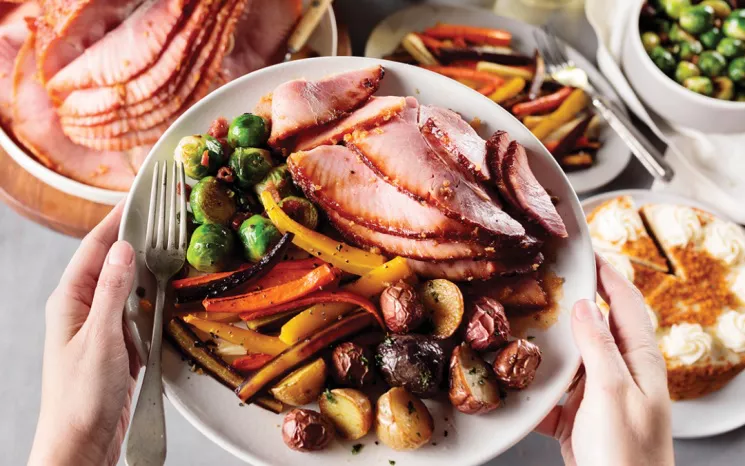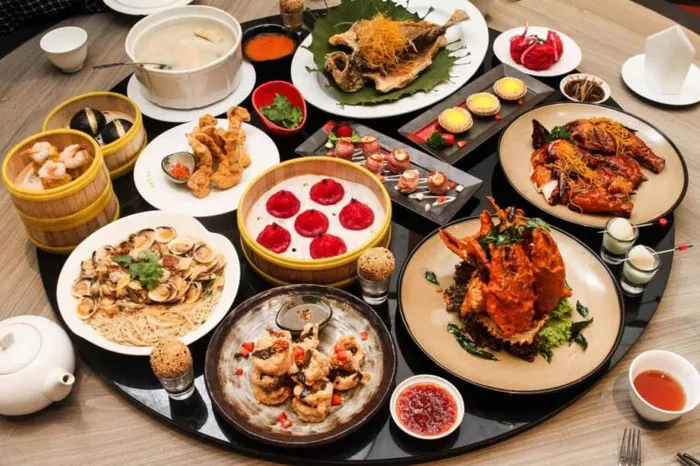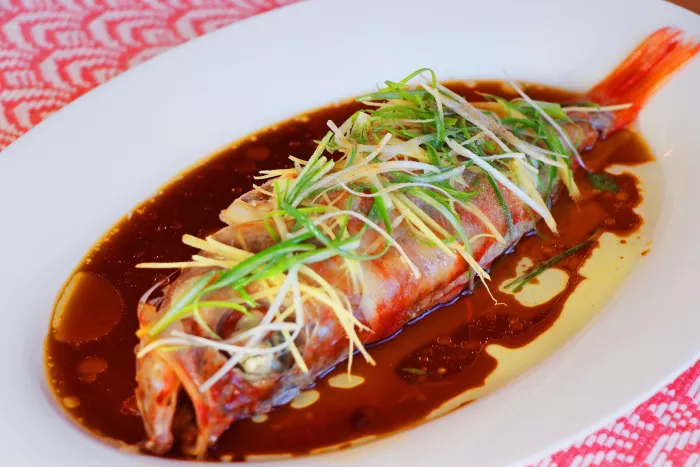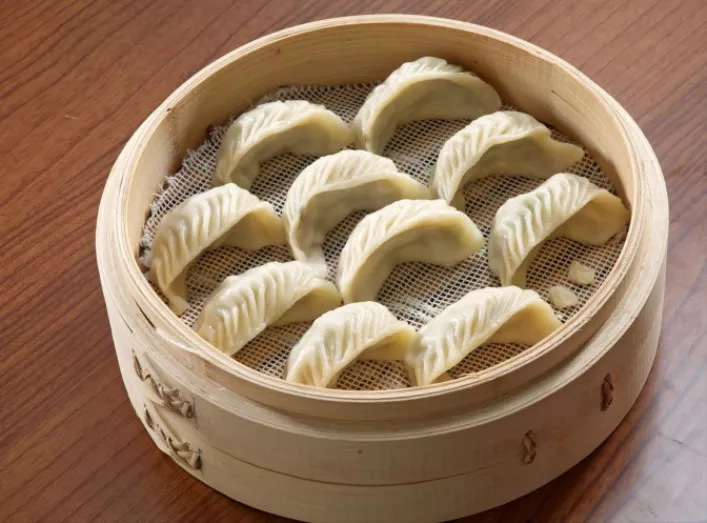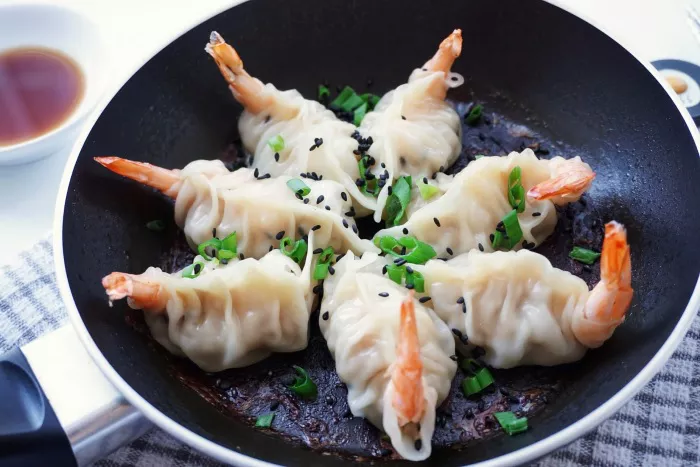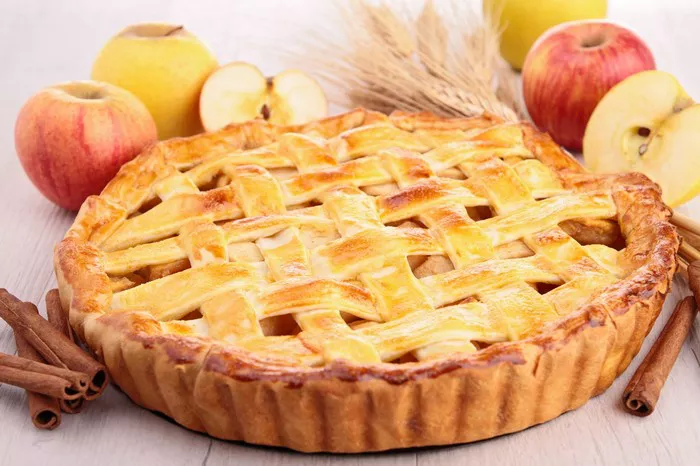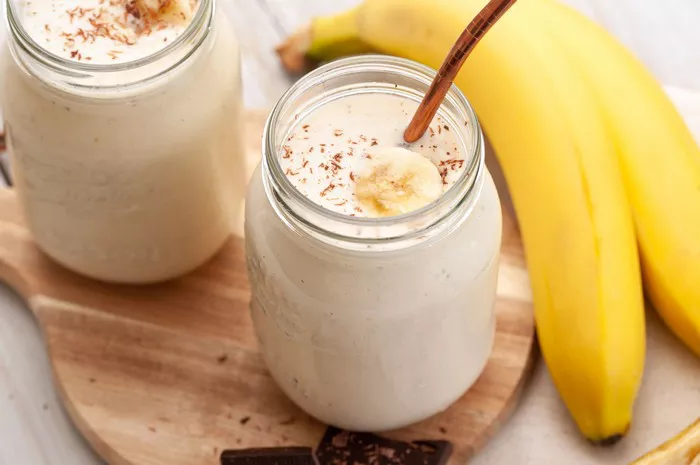Easter dinner is not just a meal; it’s a time-honored tradition that brings families together to celebrate the resurrection of Christ and the arrival of spring. A traditional Easter dinner menu is a reflection of history, culture, and faith, with each dish carrying its own symbolism and significance. In this comprehensive guide, we will explore the art of preparing a traditional Easter dinner, from selecting the finest ingredients to mastering the techniques that ensure a memorable and meaningful holiday celebration.
The Meaning of Easter Dinner
Easter is a significant holiday in Christianity, commemorating the resurrection of Jesus Christ. It’s a time of renewal, rebirth, and hope. The traditional Easter dinner menu is more than just a culinary feast; it is a symbolic representation of these values. Each dish carries its own meaning, and the dinner as a whole serves as a reminder of the spiritual significance of the day.
Start with a Blessing: Grace Before the Meal
A traditional Easter dinner often begins with a blessing or grace before the meal. This is a moment to reflect on the significance of the day, offer thanks for the blessings of life, and seek guidance in the year ahead. A heartfelt prayer sets the tone for the rest of the dinner, reminding everyone of the spiritual aspects of Easter.
Easter Appetizers: A Prelude to the Feast
The Easter dinner table traditionally features a selection of appetizers that serve as a prelude to the main meal. Options may include deviled eggs, symbolizing rebirth, and a light spring salad with fresh greens, which represent the new life of spring. These appetizers offer a burst of flavor and color, setting the stage for what’s to come.
The Star of the Show: Roast Lamb
The centerpiece of a traditional Easter dinner is often a succulent roast leg of lamb. Lamb has strong biblical associations and is considered a symbol of Christ. Its tender and flavorful meat is perfect for celebrating the joy and hope of Easter. The roast lamb is typically seasoned with aromatic herbs and spices, such as rosemary and garlic, to create a mouthwatering, savory dish.
Delightful Sides: Spring Vegetables
To accompany the roast lamb, traditional Easter dinner menus feature an array of fresh spring vegetables. Asparagus, green beans, and peas are popular choices, symbolizing the new growth of spring. These vegetables are often lightly seasoned and cooked to maintain their vibrant color and crisp texture.
Bread of Life: Easter Bread
Easter bread, often braided and decorated with colored eggs, holds great significance in many cultures. It symbolizes the resurrection of Christ and the promise of eternal life. The bread is sweet, enriched with eggs and butter, and often flavored with spices like anise or orange zest. It’s a delightful addition to the Easter dinner table, offering a touch of sweetness and symbolism.
Eggs of Hope: Traditional Easter Eggs
Eggs have long been a symbol of rebirth and renewal, making them a cherished part of Easter traditions. Hard-boiled eggs, often dyed or painted in vibrant colors, are a common sight on the Easter dinner table. They can be used as a decorative element or served as a simple side dish. Some families even play games with the eggs, like egg rolling, to celebrate the arrival of spring.
Easter Desserts: A Sweet Conclusion
Easter desserts are a delightful conclusion to the traditional dinner. Many cultures have their own special Easter sweets, but common choices include simnel cake, a light fruitcake topped with marzipan, and hot cross buns, sweet and spiced buns marked with a cross. These desserts are a sweet reminder of the joy and sweetness of Easter.
Easter Beverages: Symbolic Choices
Beverages at a traditional Easter dinner may include wine, which holds deep religious significance, and sparkling cider, symbolizing the joy of the holiday. Additionally, a glass of fresh, cold milk is often served with the Easter bread to represent purity and simplicity.
Easter Decor and Presentation
The presentation of your Easter dinner is as important as the food itself. The table should be adorned with spring flowers, fresh greens, and pastel-colored linens to create a festive and inviting atmosphere. Consider incorporating Easter decorations such as colored eggs, Easter bunnies, and crosses to add a touch of tradition and symbolism to the table.
The Joy of Sharing: Easter Dinner Traditions
One of the joys of Easter dinner is the opportunity to share meaningful traditions with your loved ones. Whether it’s the exchange of Easter eggs, the sharing of special family recipes, or a group sing-along of hymns, these traditions add depth and meaning to the meal. Encourage your guests to share their own Easter traditions to create a sense of unity and celebration.
Conclusion
A traditional Easter dinner is more than just a meal; it’s a reflection of faith, renewal, and the arrival of spring. Each dish on the menu carries deep symbolism and significance, serving as a reminder of the spiritual and cultural aspects of Easter.

